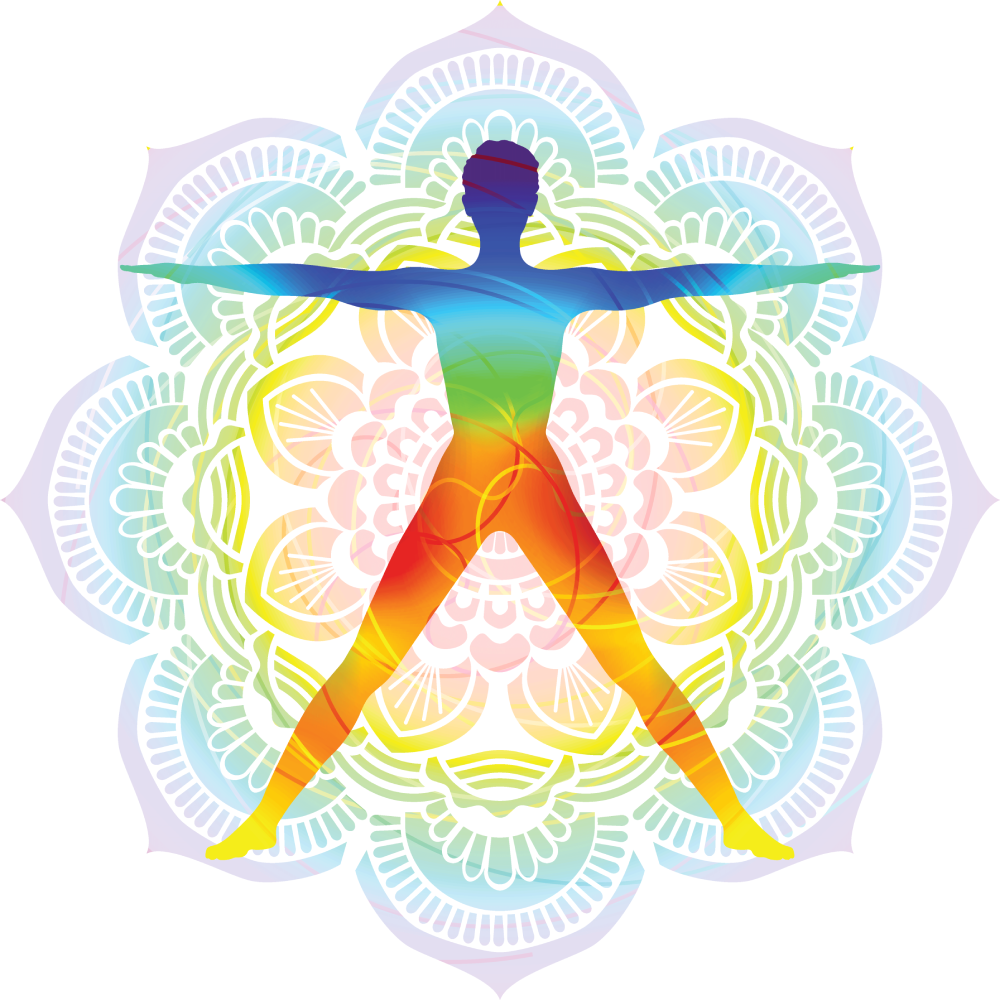Yoga Poses for Flexibility: A Step-by-Step Guide for Beginners
Hey, it’s Preet! If you’ve been thinking about increasing your flexibility but aren’t sure where to start, yoga is the perfect solution. Flexibility isn’t just about touching your toes or achieving deep stretches—it’s about making your body feel more open, comfortable, and relaxed. Whether you’re aiming to improve your posture or ease tension in your muscles, yoga offers simple yet effective ways to boost flexibility.
As a beginner, you don’t need to push your body too hard. Start slow and gentle, and over time, you’ll begin to notice more mobility in your joints, relief in tight muscles, and a deeper sense of ease. Below are some beginner-friendly yoga poses that are great for improving flexibility.
- Downward-Facing Dog (Adho Mukha Svanasana)
One of the most well-known yoga poses, Downward-Facing Dog, stretches the entire body, especially your hamstrings, calves, and spine. It’s an essential pose for beginners because it helps lengthen the body and calm the mind.
- How to do it:
- Start on your hands and knees, with wrists under your shoulders and knees under your hips.
- Tuck your toes and lift your hips towards the ceiling, forming an upside-down “V” shape.
- Press your hands firmly into the mat and aim to straighten your legs, but don’t worry if your heels don’t touch the floor.
- Hold for 5-10 breaths, focusing on lengthening your spine.
- Tip: Keep a slight bend in your knees if you’re feeling tight in the hamstrings. Focus on lengthening your back and keeping your core engaged.
- Cat-Cow Pose (Marjaryasana-Bitilasana)
This gentle, flowing movement warms up your spine and helps with flexibility in your back, shoulders, and neck. It’s a great starting point to get your body moving and open up tight areas.
- How to do it:
- Begin on your hands and knees with wrists directly under shoulders and knees under hips.
- Inhale as you drop your belly towards the mat (Cow Pose), lifting your chest and tailbone.
- Exhale as you round your back (Cat Pose), tucking your chin towards your chest and engaging your core.
- Repeat for 5-10 rounds, moving slowly and syncing your breath with the movement.
- Tip: This pose is not about deep stretching but about improving mobility. Keep the movements gentle, focusing on the flow between breath and movement.
- Seated Forward Fold (Paschimottanasana)
This simple forward fold helps stretch your hamstrings and lower back. It’s a fantastic pose for beginners looking to increase flexibility in the legs and spine.
- How to do it:
- Sit on the floor with your legs extended straight in front of you, feet flexed.
- Inhale to lengthen your spine, and as you exhale, gently fold forward, keeping your back straight.
- Reach for your feet, ankles, or shins. Avoid rounding your back—think of lengthening your spine instead of just trying to reach your toes.
- Hold for 5-10 breaths.
- Tip: Use a yoga strap around your feet if you can’t reach them comfortably. Just focus on gently extending your spine rather than forcing your body forward.
- Bridge Pose (Setu Bandhasana)
Bridge Pose helps to open up the chest, stretch the hip flexors, and strengthen the back. It’s a wonderful way to gently improve flexibility in the lower body and spine.
- How to do it:
- Lie on your back with knees bent and feet flat on the floor, hip-width apart.
- Press your feet into the floor and lift your hips toward the ceiling, squeezing your glutes and engaging your core.
- Keep your shoulders relaxed, and interlace your hands underneath your back if comfortable.
- Hold for 5-10 breaths, then gently lower your hips back down.
- Tip: If you find it hard to lift your hips, place a yoga block under your sacrum for added support. This makes the pose more restorative and comfortable.
- Reclining Hand-to-Big-Toe Pose (Supta Padangusthasana)
This lying-down pose provides a deep stretch for your hamstrings, calves, and lower back. It’s especially useful if you’re tight in your legs and want to target specific areas.
- How to do it:
- Lie on your back with your legs extended.
- Lift your right leg up and hold your big toe with your right hand. If you can’t reach, use a yoga strap around your foot for assistance.
- Keep your left leg grounded on the floor and hold the stretch for 5-10 breaths before switching to the other leg.
- Tip: Keep a slight bend in the knee of the lifted leg if you feel any discomfort. Focus on opening your hip and lengthening the back of the leg.
Start Your Flexibility Journey Today
Yoga is a powerful and accessible tool to increase flexibility, and the key is consistency. You don’t need to hold each pose for minutes at a time—start with just 10-15 minutes of practice a few times a week. Over time, you’ll notice your body becoming more open, your muscles loosening, and your posture improving.
Call to Action: Pick one of these yoga poses and practice it today! If you’re feeling tight, try focusing on your breath and take it slow. Flexibility is a journey, not a race, so celebrate the small wins along the way!
